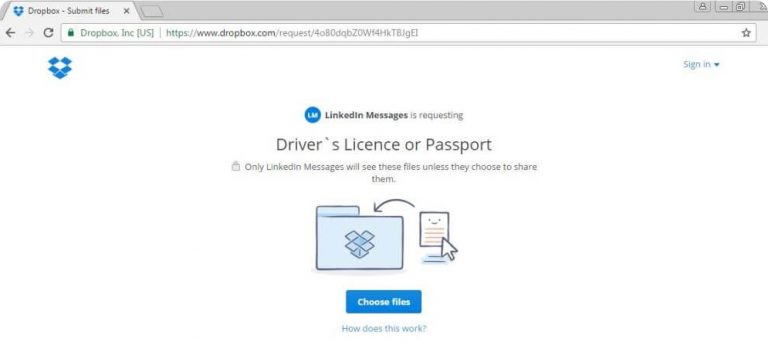Nathan: Android Emulator for Mobile Security Testing Tool
Nathan is a 5.1.1 SDK 22 AOSP Android emulator customized to perform mobile security assessment.
Supported architectures:
x86
arm (soon)
arm (soon)
The emulator is equipped with the Xposed Framework and the following pre-installed modules:
SSLUnpinning, to bypass SSL Certificate pinning.Inspeckage, to perform the dynamic analysis of an application.RootCloak, to bypass root detection.
The following tools are already installed:
#SuperSU: Superuser access management toolDrozer: Comprehensive security and attack framework for Android
Features
Only python 2.7.x requiredHooking ready with XposedPre-installed tools for application analysisFully customizableSnapshot and restore of user data
Installation
Download Nathan core scripts from git:
$ git clone https://github.com/mseclab/nathan/
$ cd nathan
$ cd nathan
Init Nathan for the first time (for downloading firmware files)
$ ./nathan.py init
If a proxy is required to download files, the parameter -dp is available :
$ ./nathan.py init -dp 127.0.0.1:3128
The init command downloads all the files required to run use Nathan Emulator.
Usage
To start Nathan:
$ ./nathan.py start
To redirect the traffic through a proxy (es. http://127.0.0.1:3128), the parameter -p can be used:
$ ./nathan.py start -p http://127.0.0.1:3128
To create a snapshot of current user image data with a label (current in this case):
$ ./nathan.py snapshot -sl current
To restore the emulator to the snapshot with label current:
$ ./nathan.py restore --rl current
To get a list of available snapshots to restore:
$ ./nathan.py restore --ll
Every time the emulator is started, a temporary copy of system image is created and each changes made to system data is lost when the emulator is powered off.
To keep permanent the changes, the command freeze is available:
$ ./nathan.py freeze
To push files from a folder to a running Nathan emulator, the command push is available:
$ ./nathan.py push -f folder
The complete list of command is:
usage: nathan.py [-h] [-v] [-a ARCH]
{init,start,snapshot,restore,freeze,push} ...
{init,start,snapshot,restore,freeze,push} ...
Optional arguments:
-h, --help show this help message and exit
-v, --verbose Show emulator/kernel logs
-a ARCH, --arch ARCH Select architecture (arm/x86) - Default = x86
-h, --help show this help message and exit
-v, --verbose Show emulator/kernel logs
-a ARCH, --arch ARCH Select architecture (arm/x86) - Default = x86
Command to run:
{init,start,snapshot,restore,freeze,push}
init Download and init Nathan emulator
start Start Nathan emulator
snapshot Create userdata image snapshot
restore Restore userdata image snapshot
freeze Freeze temporary system image
push Push files to Nathan emulator
{init,start,snapshot,restore,freeze,push}
init Download and init Nathan emulator
start Start Nathan emulator
snapshot Create userdata image snapshot
restore Restore userdata image snapshot
freeze Freeze temporary system image
push Push files to Nathan emulator
The parameter -h for each command shows specific options.







